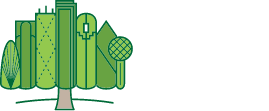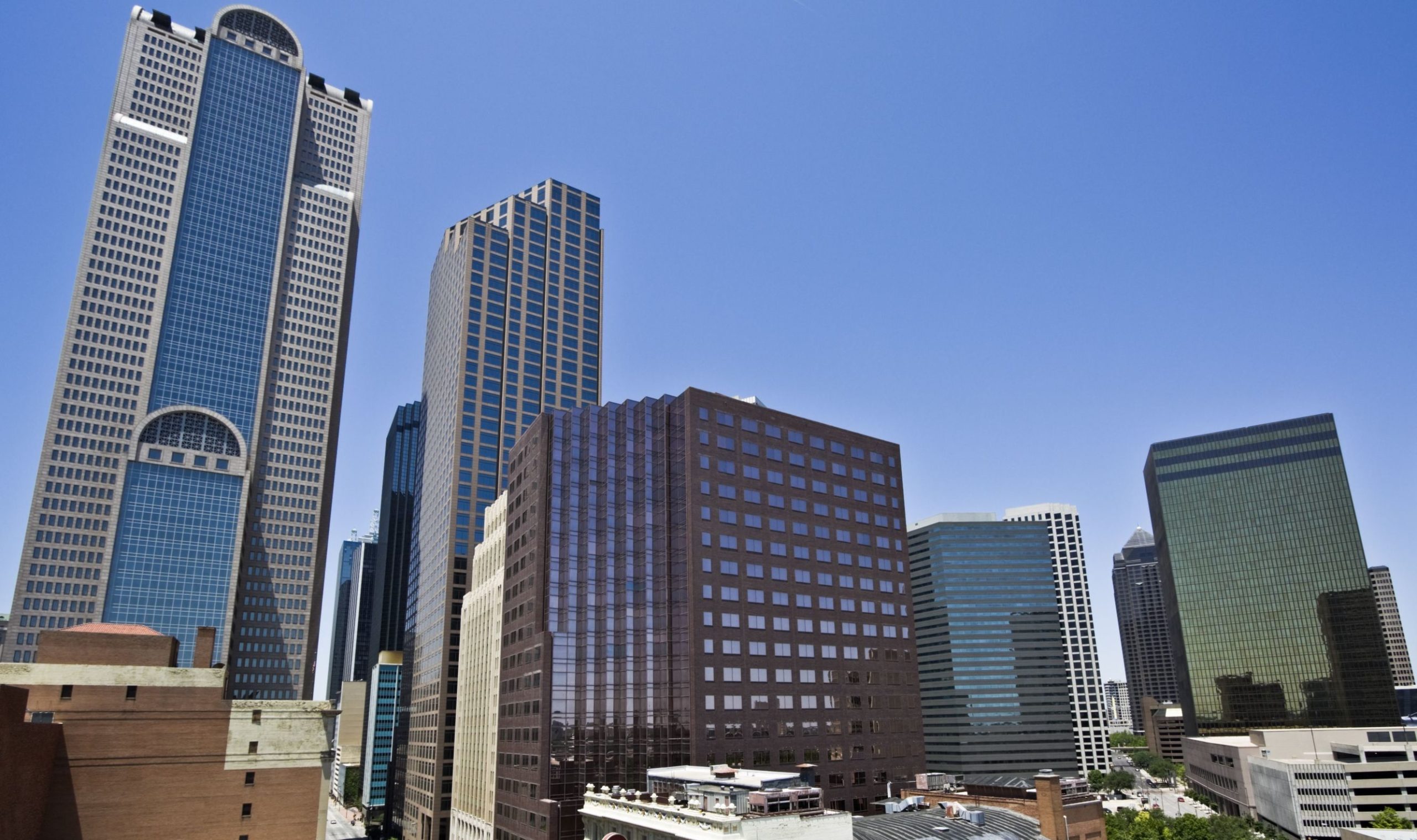It’s summer in Dallas, which means it’s time to beat that feel-it-to-believe-it summer heat. Those who have never experienced it might not understand just how hot North Central Texas can get, but any Dallasite, native or transplant, knows just how brutal these outdoor temperatures can be.
Yet with all Downtown Dallas has to offer — the food trucks in Klyde Warren Park, the Nasher Sculpture Center and the Dallas Farmers Market, to name just a few — staying in simply isn’t an option. Fortunately, there’s a way to get from Point A to Point B in calm, cool and collected fashion.
Welcome to the Downtown Dallas underground.
Conceived in the 1960s by Montreal urban planner Vincent Ponte as a way to separate pedestrian and vehicular traffic, the Dallas Pedestrian Network (sometimes called the Dallas Pedway and colloquially referred to as “the tunnels”) covers some 36 city blocks across Downtown Dallas. For the most part, sections of the Network are privately owned, funded and maintained by the businesses above.
The tunnels connect buildings, garages and parks, providing office workers and other Downtown Dallas denizens with corridors of climate-controlled comfort as they traverse the city. Some sections include shops and restaurants, with the food courts below Renaissance Tower and 1700 Pacific especially popular with those in the know.
Many of the access points only can be reached by elevator or stairwell in the buildings above, and thus are only open during regular business hours. However, you can still find your way to these subterranean thoroughfares if you know where to look.
Patterson Street near the Mosaic Apartments offers one of the few sidewalk-level access points. Public parking structures Majestic Garage, Elm Street Garage and Metropolitan Garage can get you there, too, as can parks such as Cancer Survivors Plaza and Thanks-Giving Square. Some residential properties — including the Titche-Goettinger Building, the Gables Republic Tower and 1505 Elm — have their connections, as do a number of office buildings, including Comerica Bank Tower, Chase Tower, Bank of America Plaza and Bryan Tower. If you’re an out-of-town guest looking to explore Downtown Dallas, you can also find your way to the underground Pedestrian Network via the Sheraton Dallas Hotel, the Fairmont Hotel, the Marriott City Center Dallas, Hotel Indigo and the Crowne Plaza Dallas Downtown.
However, be aware that some tunnel sections have been vacated or abandoned. Moreover, signage indicating entrances and providing directions are rare. Recognizing this, designer Noah Jeppson has created a map detailing the entire the Dallas Pedestrian Network. It shows public access points, open and closed sections, parking facilities, rail transit stations and sections where the Network emerges from beneath Downtown’s streets and joins the city’s skywalks.
There’s been some debate as to whether the tunnels have outlived their usefulness and some have even suggested that this unique pedestrian subway diverts important foot traffic away from Downtown Dallas’ businesses. But with proper planning, you can easily get to iconic establishments like Neiman Marcus and the Plaza of the Americas without breaking a sweat.
How have you made use of these tunnels? What would you do to make Downtown Dallas more walkable? Our plan is to build four new parks in Downtown Dallas and create new opportunities for pedestrians to roam all over the city center. Keep the conversation going by following us on Twitter or liking us on Facebook.


